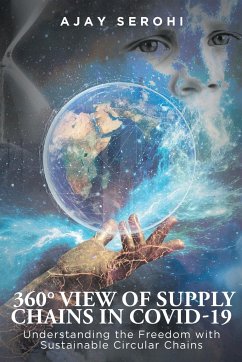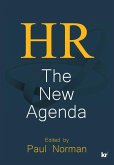Ninety percent of companies' impacts on the environment come from their supply chains, and three in every four US businesses have reported supply chain disruptions due to the COVID-19 pandemic. Global supply chains have been struggling to devise a roadmap to recovery, to keep essential operations going, ever since the advent of the pandemic. We all experienced the empty shelves of sanitizers or toilet rolls in our everyday stores. Everyone loves a crisis except perhaps those living it. And these times are often the best to portray larger-than-life concepts because at some point in our lives, we all need a little reminder that we are not the center of the universe. Least we realize that we are in a borrowed space from our children and grandchildren, and immediately take to more sustainable ways, this rented place is doomed. All great events in history are probably not half as intriguing as the book or movies portraying them turn out to be. However, while others use the art of exaggeration, I have personalized the heck out of the entire supply chain operation. Using simple and jargon-free words, my characters in this story weave around the verticals of the supply chain and a circular economy to illuminate the concepts of the supply chain network, its management, and its close link with the circular economy. Therefore, the intention of this book is to provide an understanding of how the microcosm of sustainable supply chains, circular economy, political greed, and social activism evolves into trade-offs on the principle of optimality. People cannot be simply castigated into pro or anti-environmentalists, but the choices made are to be analyzed in the shades of gray, where only the brave tread into the twilight of living a life.







